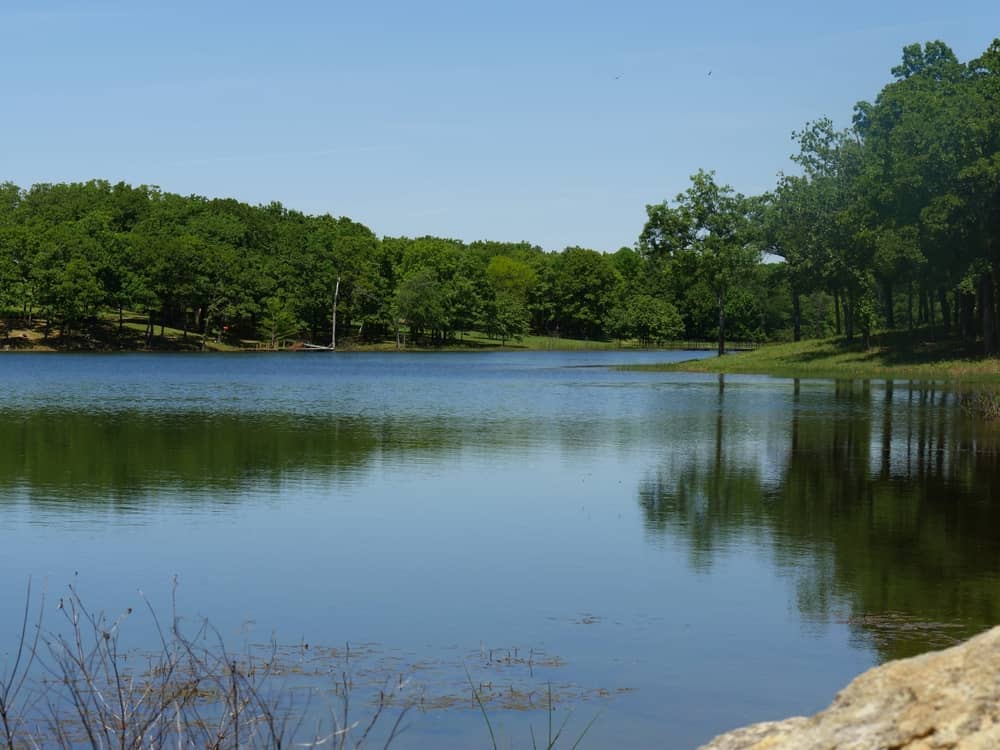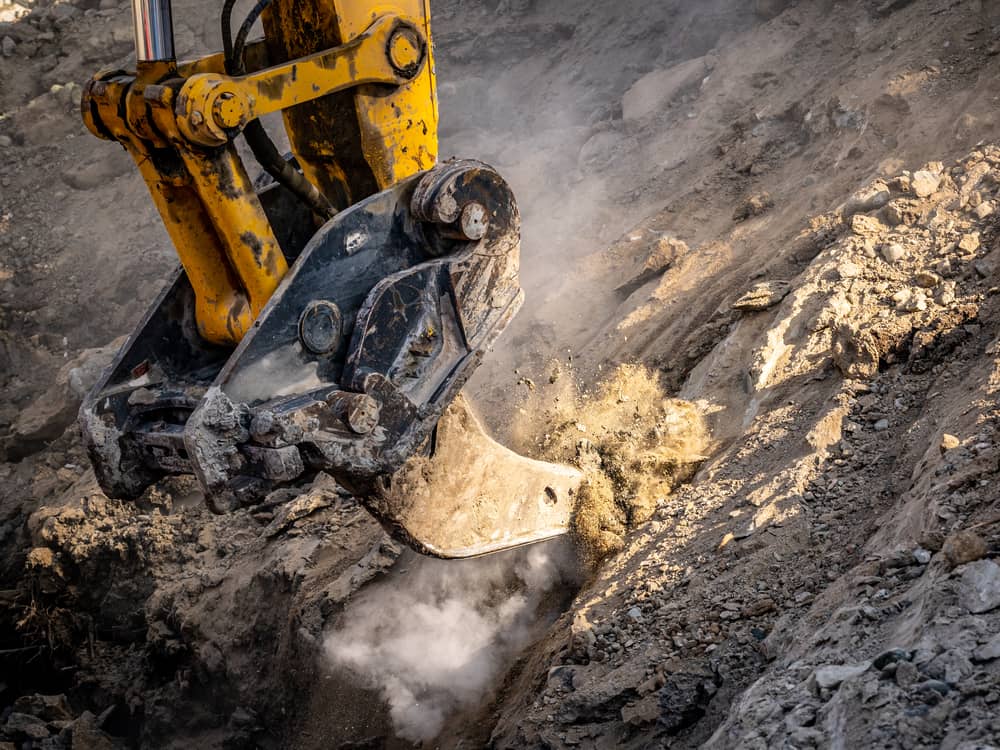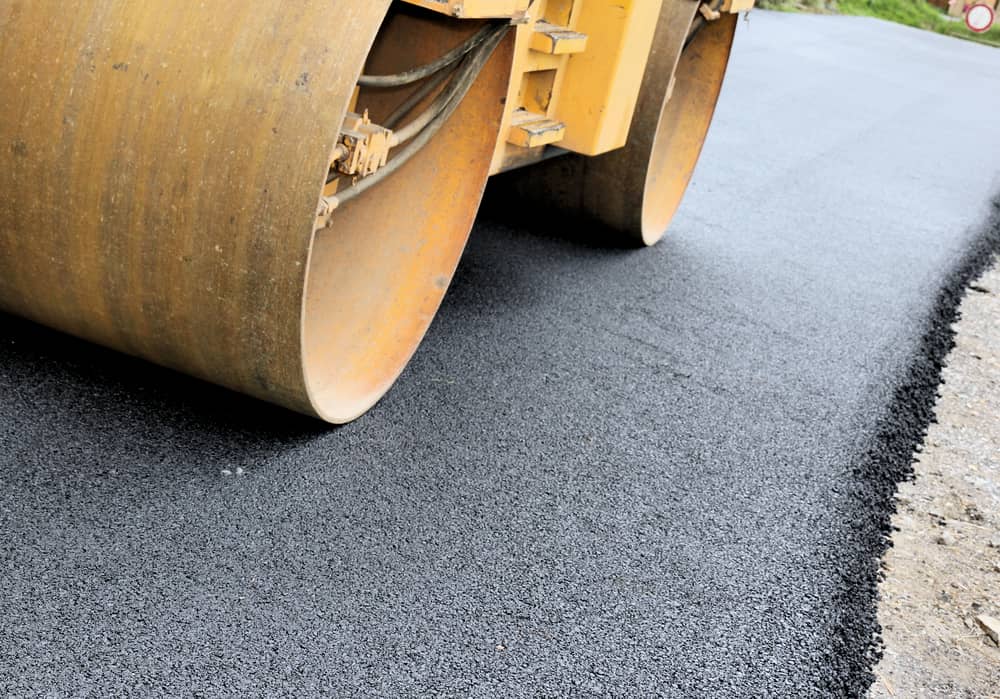
Fishing lake digging opens a world of excitement and rewards for fishing enthusiasts. In this blog post, we will explore the importance and benefits of fishing lake digging and seven key techniques to enhance your fishing experience.
Whether you’re an experienced angler or a newbie, these techniques will provide valuable insights to create a thriving fishing lake that suits your needs.
Each technique is crucial in building a successful fishing ecosystem – from selecting the ideal site to stocking the lake with fish.
Let’s learn more about the essential techniques for fishing lake digging and unlock the potential of creating your fishing paradise.
Site Selection
Site selection plays a pivotal role in the success of fishing lake digging. It involves carefully choosing the most suitable location for your fishing lake based on various factors.
When selecting a site for your fishing lake, several factors should be considered:
Soil type
The type of soil at the site is crucial for water retention and quality. Clay or silt-based soils are ideal as they retain water, ensuring a stable water level for the fish habitat.
Water source
A reliable water source is vital for your fishing lake’s sustained health and productivity. Natural sources such as springs, streams, or wells provide a constant fresh water supply for the fish and aquatic ecosystem.
Accessibility
Easy access to the lake is essential for activities like stocking fish, maintenance, and recreational use. Assessing road access, parking availability, and potential obstructions ensures convenience and smooth operations.
By carefully considering these factors during site selection, you can create an environment conducive to fish growth and a pleasurable fishing experience.
Crafting the Lake’s Design
The design of your fishing lake significantly impacts its functionality, aesthetics, and the well-being of the fish within it. A well-thought-out lake design promotes healthy fish populations and enhances your overall fishing experience.
When designing your fishing lake, the following factors should be considered:
Depth
Determining the appropriate depth for your lake is crucial. Different fish species have specific depth preferences for feeding, breeding, and finding shelter. A varied depth profile with shallower areas and deeper sections cater to the diverse needs of different fish species.
Size
The size of your lake depends on various factors, including available space, intended use, and desired fish population. Larger lakes offer more space for fish to thrive but require more maintenance and resources.
Features
Incorporating features such as underwater structures, submerged vegetation, and spawning areas adds complexity to the lake ecosystem. These features provide hiding places for fish, promote breeding, and contribute to a balanced aquatic environment.
Tips for designing a lake that suits your needs and the needs of the fish:
- Research the fish species you intend to stock and design the lake to accommodate their specific requirements.
- Seek expert advice or consult with fisheries professionals to ensure an optimal lake design.
- Consider the natural landscape and surrounding environment when planning the lake’s layout and features.
- Balance aesthetics with functionality to create an enjoyable fishing experience while maintaining a healthy ecosystem.
Navigating Legal Requirements
Understanding the legal aspects of fishing lake digging is essential to ensure compliance, avoid penalties, and have a successful project. Navigating the legal process involves securing necessary permits and adhering to local regulations and guidelines.
The legal aspects of fishing lake digging include:
Permits
Depending on your location, permits or approvals from local authorities or environmental agencies before beginning your project may be required. These permits ensure your fishing lake digging complies with environmental regulations and safeguards natural resources.
Environmental impact assessments
In some cases, an environmental impact assessment may be required to evaluate the potential environmental effects of your fishing lake. This assessment helps identify and mitigate any negative impacts on the ecosystem.
Tips for navigating the legal process:
- Research your area’s specific legal requirements and regulations regarding fishing lake digging.
- Engage with local authorities and environmental agencies to understand the permitting process and any specific guidelines.
- Seek professional assistance, such as environmental consultants or legal experts specializing in land and water use.
By following the necessary legal procedures, you can ensure that your fishing lake is established within the boundaries of the law, minimizing any potential issues and fostering a positive relationship with regulatory authorities.
Excavation

Excavation is a crucial step in the fishing lake digging that brings your vision to reality. It involves removing soil and creating your lake’s desired shape and depth. Hiring a professional excavation team is highly recommended to ensure precision, efficiency, and safety throughout the excavation process.
The excavation process typically includes the following steps:
Site preparation
Clearing the designated area of vegetation, debris, and obstacles to make way for excavation.
Earthwork
Excavation machinery removes soil and shapes the lake according to the planned design. The soil removed during excavation can create berms or other landscape features around the lake.
Sloping and benching
Sloping the sides of the lake and creating benches or ledges at different depths can provide diverse fish habitats and improve the shoreline’s overall stability.
The benefits of hiring a professional excavation team for your fishing lake digging include the following:
- Expertise and experience
Professionals have the knowledge and skills to execute precise excavation according to your design requirements.
- Efficient equipment
Excavation professionals have access to specialized machinery and equipment necessary for the job, resulting in efficient and effective work.
- Safety considerations
Excavation can be a hazardous process. Hiring professionals ensures that safety protocols are followed, reducing the risk of accidents or property damage.
During excavation, it is important to consider safety:
- Mark any underground utilities or obstructions to prevent damage during excavation.
- Ensure proper trenching and shoring techniques are followed to prevent soil collapse and protect workers’ safety.
By hiring professionals and prioritizing safety, you can ensure a smooth and successful excavation process, bringing your fishing lake to life.
Lining Your Lake for Longevity
Properly lining your fishing lake is crucial for longevity and preventing water leakage. A reliable and effective liner ensures that the water stays within the lake, maintaining optimal water levels for the fish and preserving the ecosystem.
Let’s explore the key aspects of lake lining.
One of the primary reasons for lining your lake is to prevent seepage. Using a liner creates a barrier that helps retain water and minimizes the risk of losing valuable resources. There are two main options for lake liners: natural clay and synthetic liners.
Natural Clay
Natural clay liners, composed of compacted clay soils, can provide a cost-effective and environmentally friendly solution. These liners have low permeability, effectively reducing water seepage. However, their effectiveness can depend on the quality and thickness of the clay layer.
Synthetic Liners
Synthetic liners, made from reinforced polyethylene or PVC materials, offer a durable and reliable solution. They have high puncture resistance and superior water retention properties, ensuring minimal seepage.
To ensure your liner is effective, consider the following tips:
- Proper installation
Professional installation is crucial if you opt for a natural clay or synthetic liner. The liner should be carefully laid and secured to prevent shifting or tearing.
- Adequate overlap
If using synthetic liners, ensure sufficient overlap between individual sections to create a continuous barrier. This prevents water from seeping through gaps.
- Regular inspections
Periodically inspect your liner for any signs of damage or wear. Promptly repair or replace any compromised areas to maintain the integrity of the lining system.
Filling Your Lake
Once your fishing lake is prepared and lined, you can bring it to life by filling it with water. Filling your lake is a significant milestone that completes the construction phase.
Filling your lake typically involves introducing water from a suitable source. Consider the following factors when sourcing water:
Natural source
If available, using a natural water source such as a spring, stream, or groundwater can provide a sustainable and environmentally friendly option. Make certain that the water quality is suitable for fish habitat.
Trucked-in water
You may need to bring water to your fishing lake using water delivery services. This option is convenient when natural water sources are not accessible, or the required water volume is significant. Ensure that the water source is reliable and meets quality standards.
After filling your lake, monitoring its water levels and quality is crucial. Some key tips for monitoring your lake include:
- Regular water level checks
Monitor and maintain the desired water levels to ensure a balanced ecosystem and provide sufficient habitat for fish.
- Water quality assessment
Periodically test the water quality parameters such as temperature, pH, dissolved oxygen, and nutrient levels. This helps ensure a healthy environment for fish and aquatic life.
- Addressing issues promptly
If water quality issues arise, such as algae blooms or imbalances in nutrient levels, take appropriate actions to mitigate the problem and restore a favorable environment.
By carefully selecting your water source, monitoring water levels, and ensuring water quality, you can create a thriving fishing lake that provides an optimal habitat for fish and enhances your fishing experience.
Stocking Your Lake

Stocking your fishing lake with fish is an exciting and rewarding step that brings your fishing ecosystem to life. Properly selecting fish species and creating a balanced ecosystem is key to a successful stocking process.
Fish species selection
Choose fish species that are suitable for your fishing goals, climate, and the lake’s ecosystem. Consider factors such as preferred water temperature, feeding habits, growth rates, and compatibility with other fish species.
Balancing the ecosystem
Creating a balanced ecosystem within your fishing lake is crucial. This involves considering the food chain dynamics and the relationships between predator and prey species. Introduce appropriate vegetation, aquatic plants, and other organisms to provide the fish a natural habitat and food sources.
Maintaining a balanced ecosystem ensures a healthier fish population and a more sustainable fishing experience.
Final Thoughts
Fishing lake digging offers a rewarding opportunity to create a thriving fishing ecosystem. You can establish a successful fishing lake by implementing the key techniques discussed, from site selection to stocking the lake.
Enjoy the tranquility and excitement of your personalized fishing paradise, and experience the satisfaction of creating a balanced habitat for fish and a fulfilling fishing experience. Embark on this journey and reap the rewards of fishing lake digging.




